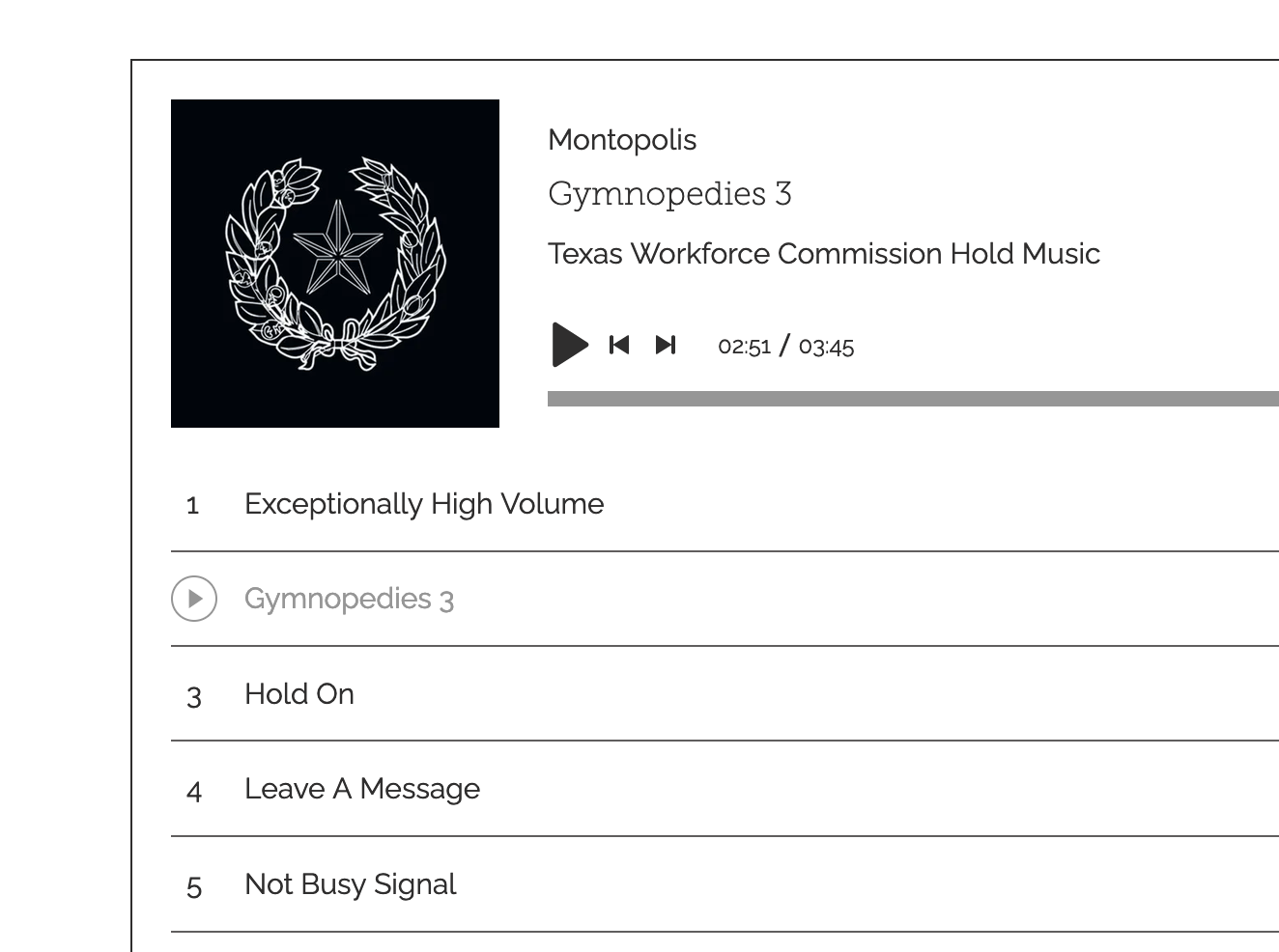A constellation of recent discussions relating to art and artifact collections.
Archaeologically, we begin with a no-less-than-stunning claim made by John Reeves, a miner from Fairbanks, Alaska, on the Joe Rogan Experience that tons of unwanted mammoth fossils were dumped into the East River in New York 80 years ago. Consequently, now people are diving there in search of mammoth bones.
“We’re Boners following our ancestors through the ice age.”
Mr. Rogan invited Mr. Reeves to the show because he regularly collects fossilized bones on his property and documents them through his Instagram account.
This Anchorage Daily News article more interestingly recounts the story and expands upon both Mr. Reeves’ and the story’s exposition and credibility.
To find his specimens, Reeves sprays water at ledges of earth, and the bones break free from the permafrost and muck, he said. Reeves said he’s collected around a quarter-million fossils over about 15 years.
And, yes, they have begun making a movie about this guy and his pursuits.
Another recent discovery for me, though not necessarily one for the museum, a collection of classical music works by Texas composer Justin Sherburn and his wife Sara Nelson and their Austin, Texas, group Montopolis inspired by waiting on hold to collect unemployment funds during the height of the pandemic.
Get the back story from Texas Monthly here about these artists artist-ing their way through an existentially challenging time. The story even spread beyond the region and attracted national attention through NPR. And, naturally, to experience the music in its natural environment, call this number 512-559-4739.
Listen to and buy the album below and directly help artists support themselves.
In other feats of ingenuity immensely representative of our time, NFTs have staked a elephantine flag in museum territory defying recent critics declaring them a fad whose time has passed. The Los Angeles County Museum of Art has recently received a gift of 22 NFTs and generative works of art.
“As one of the first museums to support artists’ experimentation with technology, it’s fitting that LACMA would receive the first museum collection of blockchain art.” Michael Govan, LACMA CEO and Wallis Annenberg Director,
The museum has already devoted a lot of intellectual real estate to the topic including this 7-part series on NFTs and the Museum from 2021.
With this acquisition along with the near-simultaneous acquisition by the Centre Pompidou.
With this new acquisition, the idea is not so much to focus on the pop culture phenomenon of “collectibles” (collections of images sold by NFT, such as “Bored Apes” or “CryptoPunks”) as to explore the most daring uses of this technology in order to engage, according to Marcella Lista and Philippe Bettinelli
Lastly, I want to conclude with some law as I love a debate with no clear answer.
This ongoing battle between the artist, Sam Kerson, and a faction at the Vermont Law and Graduate School over murals commissioned and painted by the artist 30 years ago aiming to depict the brutality of slavery and Vermont’s role in the Underground Railroad. This case interests me because both sides literally want to make the same point: slavery was unconscionably horrendous and seeded seemingly insurmountable consequences.
"I don't quite understand how an institution composed of attorneys and law professors could have got themselves in this pickle." Chief Judge Geoffrey Crawford
The polemic takes root in the depiction of black people, according to critics, in stereotypical ways, the intent to consequently remove the murals, and the artist’s claim that per law, specifically the Visual Artists Rights Act of 1990, the school cannot cover or destroy them.
You can see and read about the works in far more detail in the New York Times here as well as in Seven Days, a local Vermont paper.
The case forces an important self-reflection beyond simplistic “good” versus “bad” tropes, but the depictions risk perpetuating that which they criticize. In other words, the issue is not slavery at all, but about representation and its protection by law.




